Description
The huge success of “Thriller”, the release of the Jacksons’ “Victory” and the tour, Michael also participated in the sisters’ project. First, there was a fan club for Americans called The Jacksons World Club, and there was a deluxe kit distributed in 1983. The cover of the pamphlet had a photo of the five Jacksons excluding Jermaine, and Michael was wearing the “Beat It” jacket with Jackie, Marlon, Tito, and Randy. On the back side, the brothers were shown separately, and Michael was wearing the yellow vest from the “Human Nature” single. The first and second tracks were recorded on the 7-inch analog included in the pamphlet. It includes “Surprise Song” with the Jacksons’ piano backing, and a personal message including the brothers’ future schedule. “Surprise Song” is sung about how we love our fans more than anything in the world, and although it seems like the recording was done quickly and easily with only a little practice, everyone seemed to get along very well, and after this Jermaine joined, “Victory” was released, they went on tour, and Michael left the band at the end of 1984, and that’s how it went. “Peter Pan” (also known as “I’m Peter Pan”) is an unreleased song written by Buzz Cohan and Michael Jackson in April 1983 for the Peter Pan musical. Michael sang a portion of the song in an interview in 1983. Joe Vogel wrote in his book “Man in the Music: The Creative Life and Work of Michael Jackson” that he actually recorded this song along with an unreleased song called “Happy Song”. Here we have Michael’s a cappella version of “Peter Pan”, as well as a remastered version created by AI. The lyrics are “Dancing on the clouds, soaring high, look at me now, look at me now, I’m Peter Pan, I can do anything, soaring high.” Buzz Cohen said about the song for Peter Pan, “Michael created a demo of “Make A Wish” with a full orchestra, added vocals to it, and sent it to Steven Spielberg.” However, when Michael testified in Mexico in 1993 about the existence of unreleased songs, he did not remember the song “Make A Wish”. Buzz then said, “We also wrote a song called ‘Neverland Landing’. It’s finished, and there’s a demo of it on the piano that I played at home. It must be somewhere, but I have to look for it.” The demo was not leaked, but Michael re-recorded it with Brad Baxter in 2009. This time, we decided not to include it because we thought it was recorded at a different time. While the Jacksons were recording “Victory,” Michael participated in recordings of two Jackson sisters in 1984. One of them is his younger sister Janet Jackson’s “Don’t Stand Another Chance.” It was written by Marlon Jackson and John Barnes. Michael sang backing vocals with Jackie, Jermaine, and Tito. This time, four versions are included: the album version, a slightly longer 7-inch version, and a 12-inch remix and dub version. The other is Michael’s older sister Libby Jackson’s “Centipede.” This single was released on September 10, 1984 from the self-titled album. Michael Jackson wrote the song and provided backing vocals with The Weather Girls. Here we have all four existing versions, including the 12-inch version and the instrumental version. Fast forward to January 22, 1985. On the first night of recording “We Are The World,” Lionel Richie, Michael Jackson, Stevie Wonder, and Quincy Jones began recording “We Are the World” at Kenny Rogers’ Lion Share Studios. Security was tight, and the studio on Beverly Boulevard in Los Angeles was packed with session musicians, technicians, video crews, escorts, assistants, and organizers as the celebrity musicians entered. The backing tracks were recorded by John JR Robinson on drums, Louis Johnson on bass, and Greg Phillinganes on piano. Richie sat at the piano teaching everyone the song. Next, Richie and Michael recorded a vocal guide for “We Are the World” (the sixth take was used), combined with the backing, and created a tape for each performer. At that time, Quincy was concerned that the lyrics “There’s a chance we’re taking, we’re taking our own lives” could be interpreted as suicide, so Richie suggested “We’re saving our own lives”. Quincy also did not want to include words that would praise themselves, so they changed it to “There’s a choice we’re making”. Around 1:30 a.m., they finished the night by recording the chorus. Quincy said, “If it’s too good, someone might play it on the radio.” On January 24, 1985, the vocal guide tape was sent to all the artists participating in the recording, with a letter from Quincy enclosed, asking them not to share or copy the tape. The letter also said, “One day, when your children ask you, ‘What did your mommy and daddy do to fight world hunger?’, you will be able to proudly tell them about your contributions.” At the production meeting on the 25th, Quincy was worried about the assignment of performers to sing solos, saying that there were so many talented people that the task was like “putting a watermelon in a Coke bottle.” On the night of the 26th, Richie decided the overall flow and who would stand where at home. January 28, 1985, A&M Recording Studio in Hollywood. Michael arrived at 8pm, earlier than the others, to record his vocal parts. This time, we recorded the vocal recording at that time. The remaining USA for Africa artists, including Ray Charles, Billy Joel, Diana Ross, Cyndi Lauper, Bruce Springsteen, and Tina Turner, as well as Michael’s brothers and sisters Jackie, La Toya, Marlon, Randy, and Tito joined in the recording. Many of the participants went directly to the studio from the American Music Awards ceremony held that night. Prince, who was scheduled to sing with Michael Jackson, did not attend (Sheila E. did, but she still did not get a solo part). The newspapers reported that Prince did not want to record with other artists, or that organizer Bob Geldof called Prince a pervert. During the session, Richie used Sheila as an intermediary to talk to Prince over the phone. Sheila had been on Richie’s tour before making the album with Prince. Prince suggested that Richie play a guitar solo in another room, but Richie declined the offer. In fact, Ray Charles and others recorded solo parts later, and I think Prince could have been considered for guitar participation in a separate recording. However, he had to have at least participated in the recording, and I certainly understand Richie’s feelings. As a result, Prince contributed “4 the Tears in Your Eyes” to the album “We Are the World”. Stevie Wonder asked Eddie Murphy to participate, but Murphy declined, saying he was busy recording the single “Party All the Time.” Murphy said, “I felt so stupid when I found out later that something amazing had happened.” More than 45 top American musicians participated, but 50 others declined. John Denver was one of them. He had previously been a member of the Hunger Project and was active in charity work, but it seems that this was due to his opposition to Tipper Gore’s censorship movement. In his 1994 autobiography, Take Me Home, Denver said, “I was heartbroken that I couldn’t participate.” On the studio door was a sign that read, “Check your ego before you open the door.” Stevie greeted the musicians as they entered, joking that if the recording wasn’t completed in one take, he and Ray Charles would drive everyone home. The 45 stars took their positions around 10:30 p.m. and began singing. A few hours later, Stevie suggested replacing the meaningless chorus “sha-lum sha-lin-gay” that Michael had written with Swahili lyrics. It was already 3am, and Ray Charles was getting angry, saying he couldn’t sing any more English, and Waylon Jennings also left the stage, saying he didn’t want to sing Swahili (he would eventually come back later). It turned out that Ethiopians in Africa don’t speak Swahili, so “sha-lum sha-lin-gay” was cut, and the chorus was changed from “One world, our world” proposed by Al Jarreau to “One world, our children”. Early in the morning, Stevie introduced two Ethiopian women, who expressed their gratitude to the singers on behalf of their country, and several artists were in tears. The song was completed at 8am, but as mentioned above, Ray Charles and others recorded additional parts later. There is a strong theory that a demo of “Another Part Of Me” was made in 1984. Since this song was used in the 3D movie “Captain EO” shown at Disneyland, it can be assumed that “Another Part Of Me” was also completed in 1985, the same year that “We Are Here To Change The World” was recorded. This release includes two versions: an early demo made in 1985, and a fan-made demo-style version. 1.The Jacksons – Surprise Song 2:59 2.The Jacksons Personal Message 4:25 3.Peter Pan (Acapella Snippet) 0:30 4.Peter Pan (AI) 4:45 5.Janet Jackson – Don’t Stand Another Chance (Remastered) 4:17 6.Janet Jackson – Don’t Stand Another Chance (7″ Version) 4:22 7.Janet Jackson – Don’t Stand Another Chance (Specially Remixed Version) 6:58 8.Janet Jackson – Don’t Stand Another Chance (Dub Version) 6:55 9.Rebbie Jackson – Centipede 4:31 10.Rebbie Jackson – Centipede (Instrumental) 4:26 11.Rebbie Jackson – Centipede (Extended Version) 5:57 12.Rebbie Jackson – Centipede (12″ Instrumental) 5:57 13.Michael Jackson Recording for We Are The World 10:11 14.W A T W (Single Version) 6:26 15.Another Part Of Me (1985 Early Demo) 1:26 16.Another Part Of Me (Fanmade Demo) 3:37
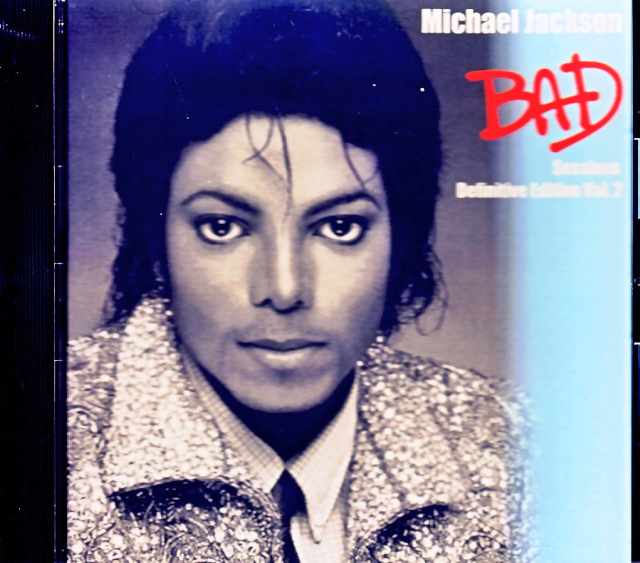


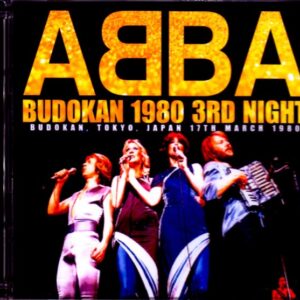
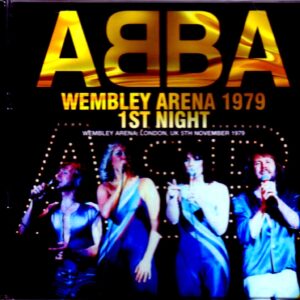
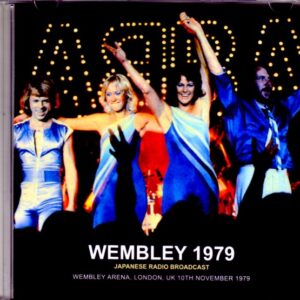
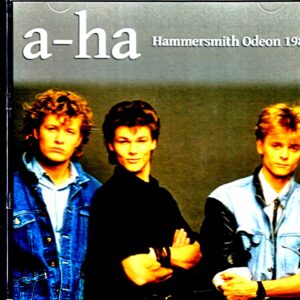
Reviews
There are no reviews yet.